How to Dress for Winter Adventures (So You’re Not Cold and Miserable)
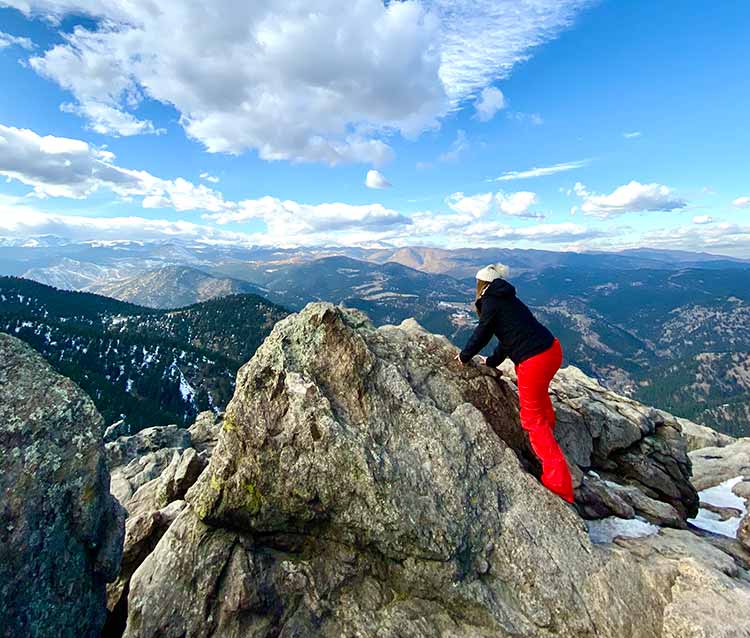
Content Sponsored by Zappos and The North Face
Winter offers a breadth of opportunity for adventure activities from skiing to more unique pursuits like dog sledding and ice climbing. But the quickest way to ruin a winter day of fun? Feeling cold and wet. Luckily, that’s easily avoidable with the right clothing and gear. Here are some tips for braving the elements and dressing for the occasion:
Dress in Layers
While fall is often touted as the layering season, it’s just as important to have multiple garments on when the cold weather hits. Each layer should serve a different function beyond just warmth. How many layers you need depends on the temperature (be sure to take into account wind chill which can feel much worse than the actual number on the thermometer), how long you’ll be outside, and how active you intend to be. But in general, you’ll want a base layer, mid-layer, insulating layer, and outerwear.
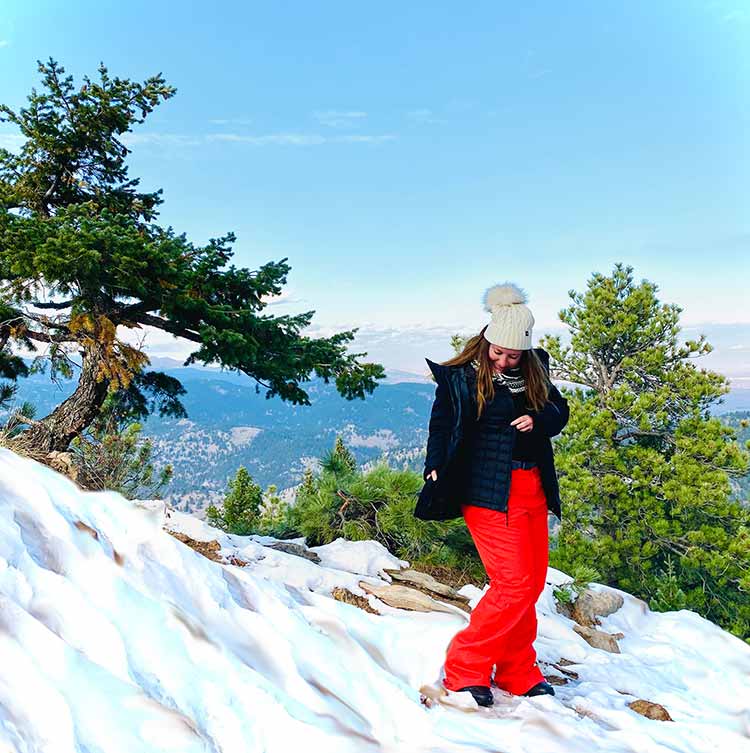
Choose Your Materials Wisely
A jacket’s primary job is insulation, which holds the heat in. A good jacket can last you for years so it’s worth investing in quality. Consider the heaviness, if it’s waterproof, how breathable it is, and if it’s made of eco-friendly materials. For example, The North Face’s new ThermoBall line is made from all recycled materials providing a more sustainable alternative to down while offering the same warmth and compressibility.
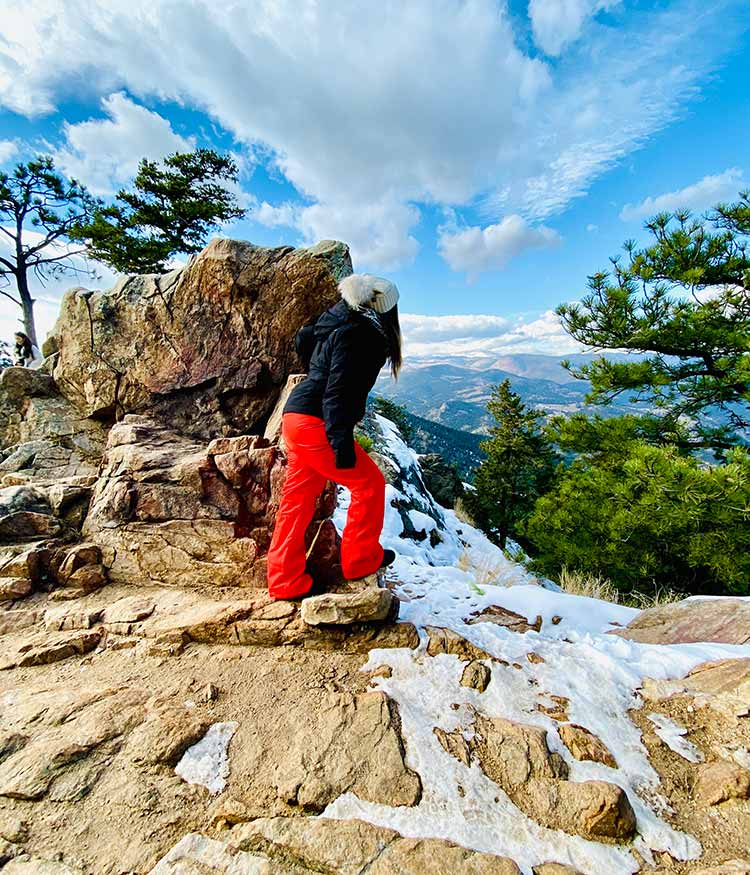
Consider Sizing Up
Your outerwear should serve three purposes: block the elements, protect you from rain and snow, and allow vapor (sweat) to escape. But with all those layers, you’ll want a jacket and shell that can fit over bulky sweaters and sweatshirts and snow pants so consider buying a size larger than what you normally wear.
The Base Layer is the Most Important
The closest to your body, the base layer is what holds in the warmth. The best base layers are made of polyester, polypropylene, merino wool, silk, or materials that dry quickly and feel good against your skin. It should fit snug but not tight — enough to trap in heat comfortably while being unrestrictive in movement.
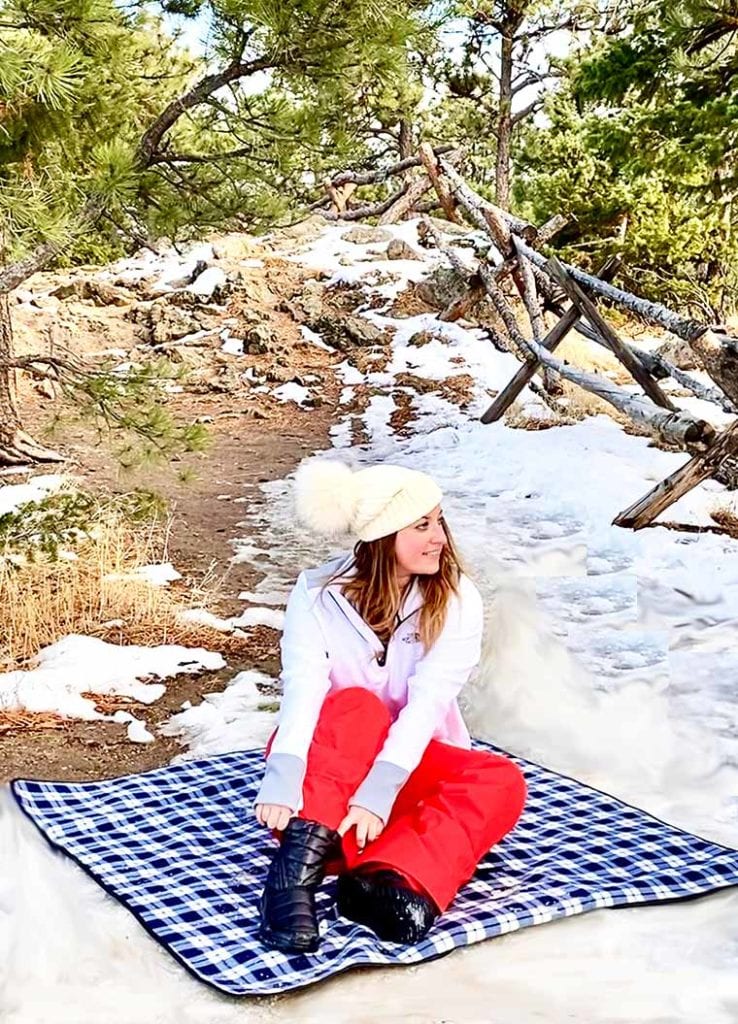
Don’t Forget the Footwear
Your extremities are the easiest parts of the body to get cold and wet, soggy feet are the absolute worst. High quality, waterproof socks and winter boots are vital. Consider the insulation, weight for traipsing around in the snow, and height – do you prefer shorter boots for ease of mobility or higher boots to prevent more snow from getting in? Try on a few before committing as they should be one of your larger gear investments.
Accessorize for Functionality and Style
Gloves, scarfs, mittens, and boots can all look chic, but prioritize functionality and warmth over style. Fingers, toes, ears, and noses are most prone to frostbite since they’re more exposed. It’s also important to remember you can still get sunburnt in the wintertime so you’ll always want to protect your eyes and face with sunscreen and sunglasses or goggles.
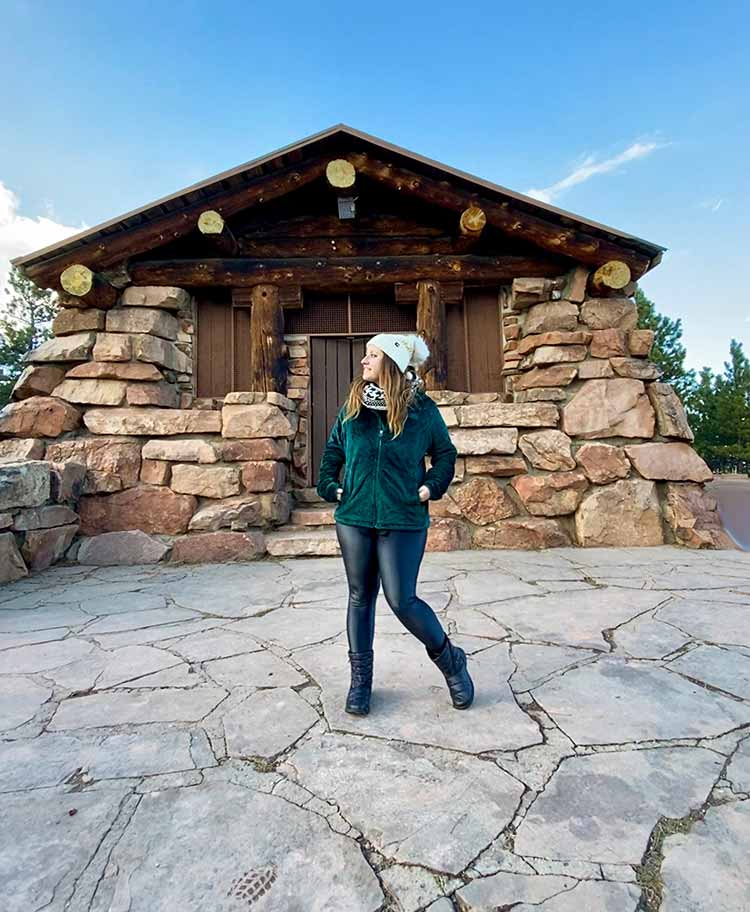
Think Cozy
After the day’s activities are done, there’s nothing better than having a dry, comfy outfit to change into. One of the best parts about winter is wrapping yourself in soft materials from blankets to fleece jackets and cozying up by the fire. Prep the hot chocolate, throw on the slippers, and you’ll be warm and relaxed in no time.
How to Dress for Winter Doesn’t Have to Mean Hibernation
Remember, layering isn’t just a fashion statement; it’s your ticket to staying warm, dry, and ready for whatever frosty escapades come your way. So, suit up, step out, and let the cold know it picked the wrong person to mess with. Stay cozy, stay stylish, and most importantly, stay adventurous!

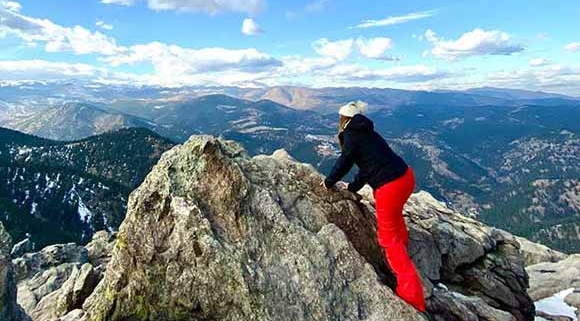
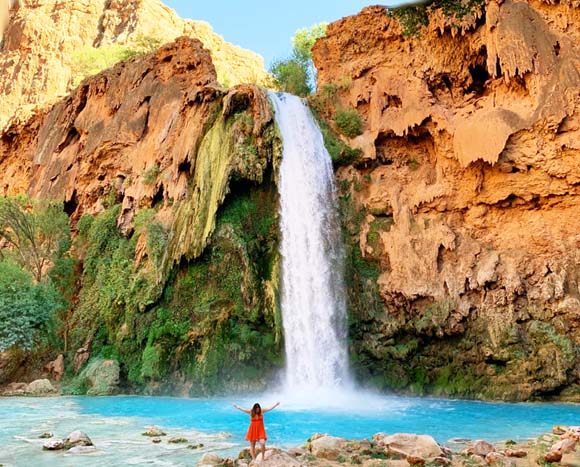
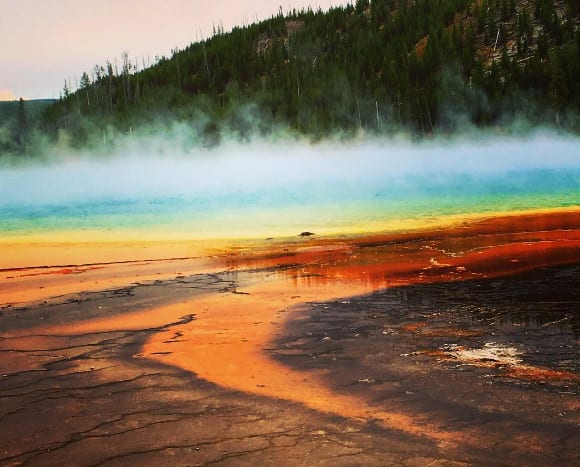
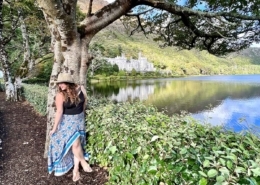






Leave a Reply
Want to join the discussion?Feel free to contribute!